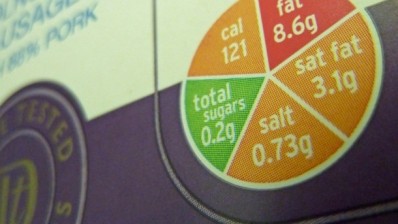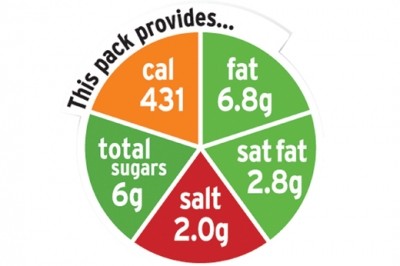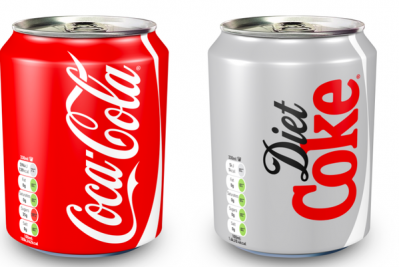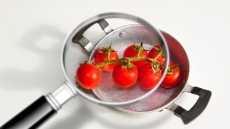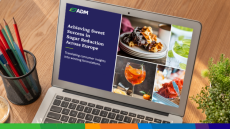UK traffic light labels could harm European SMEs, says industry body
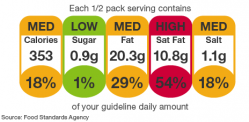
The UEAPME has written to representatives ahead of a Competitiveness Council meeting in Brussels this week, claiming that the UK’s proposal to include traffic light nutrition labels alongside EU-mandated RIs (Reference Intakes) will “seriously hinder the free movement of food products within the European internal market, causing extra unjustified burdens and costs for the EU food industry, in particular SMEs”.
Although voluntary, all major UK retailers have signed up to the scheme, which the association says will put strong pressure on food manufacturers to add the labels to their products. In addition, SMEs that provide supermarkets with own-label products will have no choice but to add traffic light labels if they wish to continue selling them.
The UEAPME said that not adding the labels could significantly affect where companies could sell their products, while adding the labels could reduce sales. It cited consumer research carried out by UK retailer The Cooperative Group, which found 40% of women and 30% of men said they had not bought a food item because it carried a red traffic light for salt, fat or sugar.
It estimates that food exports from EU countries to the UK could fall by 8.4% to 12% as a result of the initiative.
“We firmly believe that there is a clear need to carefully assess the concrete effects of the UK recommendation on the free circulation of products within the EU internal market in order to measure the impact of possible arbitrary discrimination and a disguised restriction on trade between member states,” the letter said.
The traffic light labelling system designates red, yellow and green colours for salt, total fat, saturated fat, sugar and calories per 100 g in an attempt to classify foods as more or less healthy. RIs will take the place of guideline daily amounts (GDAs) on food packaging in Europe after the Provision of Food Information for Consumers (FIC) regulation is implemented in December.
The Italian delegation is due to present information about hybrid nutrition labels at the Council meeting on competitiveness this week, after it also brought the issue to the Council in December.
It said at that time: “The thresholds set by the Guidance for the colour coding of nutritional amounts constitute an element of incompatibility of the UK Recommendation with the requirements that foresee that an additional form of representation must be “objective and non-discriminatory”. This could lead to consumer confusion and wrong choices, creating a false sense of security for the unlimited consumption of “green” foods.”
